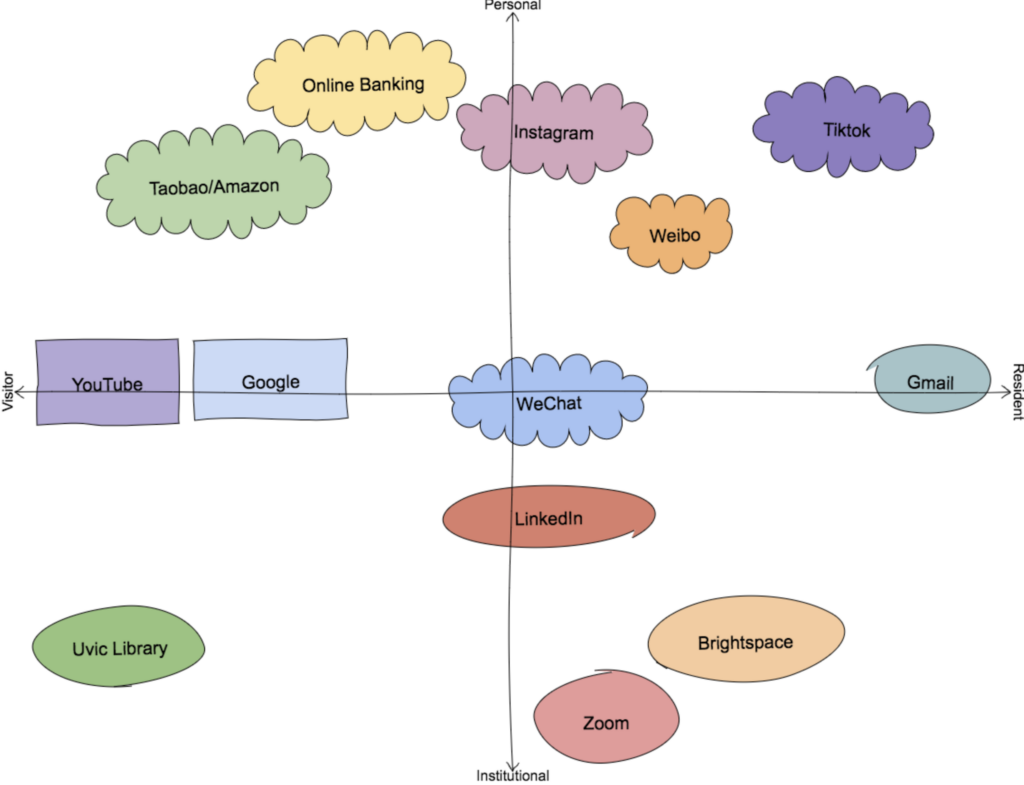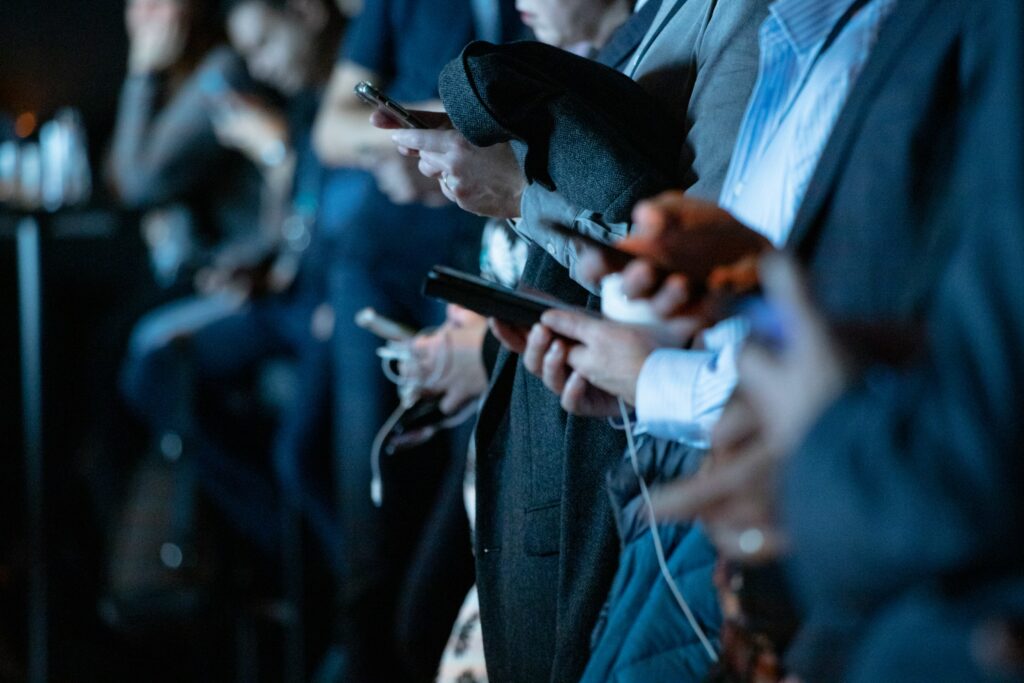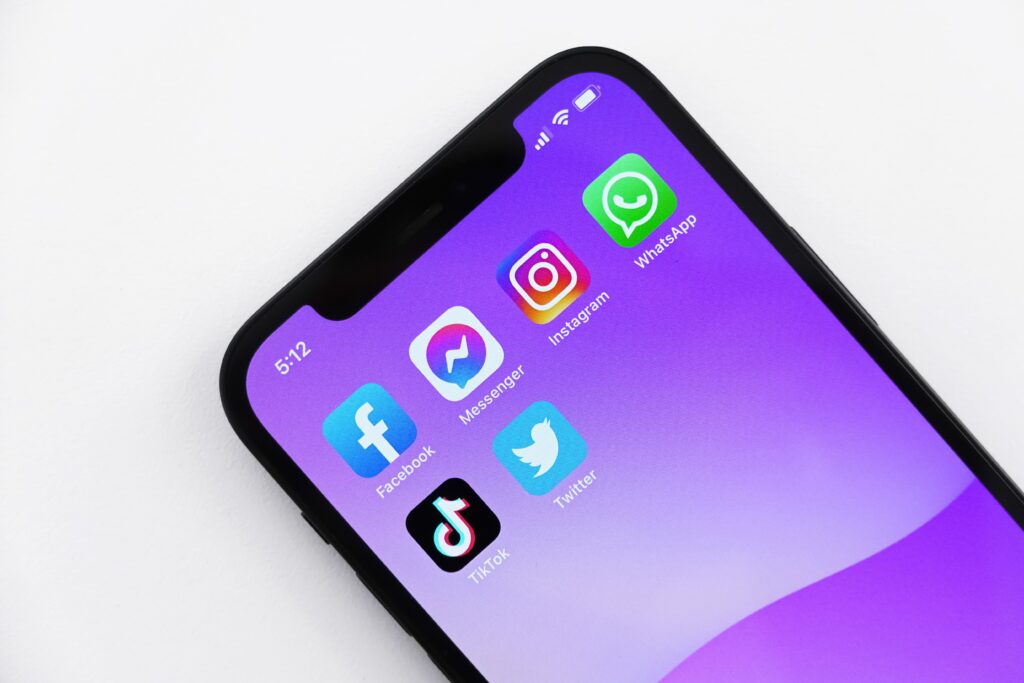According to Oberlo, “as of 2019, there are 3.2 billion social media users all around the world, which is about 42% of the Earth’s population” (2020). Social media, as a powerful communications medium, has not only made the world more accessible, but it has changed the way we communicate and connect (2020). Social media plays a quite important role in community engagement and communications. It not only helps people who have different cultures and backgrounds to build reciprocal connection and interaction, but also help them engage in online communications. By using social media, more employment opportunities are presented to us as well. In the following, I will use Twitter as an example to analyze how diverse and inclusive the PLNs is and how social media affects community engagement and/or communication.
How does social media engage in communications?
From the web article, it clearly shows that “online communication has brought information to people and audiences that previously could not be reached” (2020). Twitter has redefined the culture of instant messaging. It not only allows users to share ideas, experiences, and reflections with other people across the global remotely, but also helps them build connection and interaction with the world instantly. For example, Twitter users can not only tweet or re-tweet other people’s posts, but also can find their interested online communities and connect with each other. On Twitter, our engagement in learning new perspectives is increased and our connections online are strengthened. Also, many employers prefer to judge their potential employees by using Twitter due to its widespread impact as well.
How does social media challenge communications?
However, social media, such as Twitter, may also bring challenges to the public. For example, both the post of fake information and news with controversial topics on Twitter will challenge communications. “Social media’s influence has given rise to a different genre of communication, where conversations are quick and information is easily relayed” (2020). Therefore, if fake information or news with controversial headings are posted on Twitter, it may easily and quickly relayed and broadcasted, which will bring negative and serious interaction to the public.
Is It inclusive? Does your PLN amplify the views of others?
In my opinion, Twitter is inclusive and diverse. For example, I can read other people’s tweets, learn from their ideas and experiences accessibly, and share my own opinions with them asynchronously. It’s free, convenient, flexible, and inclusive for me to learn from other people, communicate with other people, and connect with the world on Twitter. Also, Twitter allows users to share a range of content from a range of different voices and backgrounds as well. It allows and encourages its users to share multiple voices. Meanwhile, it can amplify the different views of different people.
What are the benefits of a diverse and inclusive PLN in social media sharing that understands where you are coming from with messaging that influences the community?
A diverse and inclusive PLN in social media sharing will be beneficial because it can not only build a connection between other people and you, but also can help you increase the engagement in online communication and community.
Reference
How Has Social Media Emerged as a Powerful Communication Medium? (2020). University Canada West. Retrieved from: https://www.ucanwest.ca/blog/media-communication/how-has-social-media-emerged-as-a-powerful-communication-medium



Recent Comments